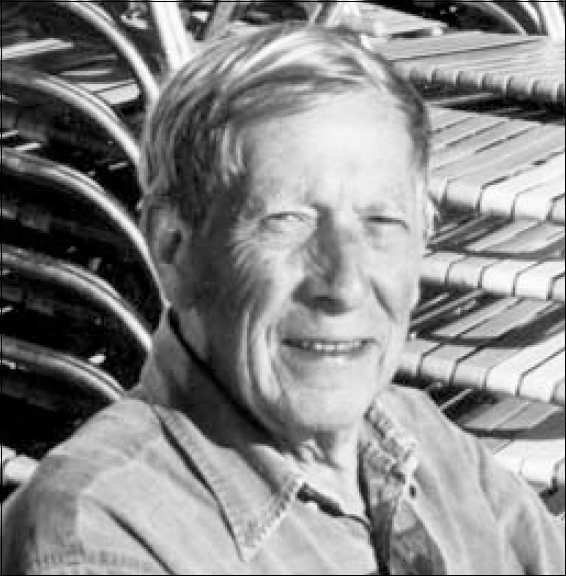Tom Farewell was born in 1922 and was educated at Malvern College and the New Royal London hospital. For 10 years after qualifying he worked in accident and orthopaedic surgery at the New Royal London and other hospitals. His interest in human consciousness led him to a career in psychiatry and in 1959 he came to Napsbury Hospital as a senior house officer. Napsbury Hospital, with its connection to the Tavistock, was a hotbed of explorations into the dynamics of schizophrenia. Aaron Esterson explored the reality beneath schizophrenic obfuscations and Denis Scott was actively researching interpersonal perception in families with schizophrenia. Awareness of the effects of incarceration on the individual led them to explore the concept of closure — the point in the schizophrenia process when all human relations are cut and the experience is perceived as alien. Together with Scott, Ratna and Montanez, he developed the Napsbury Crisis Service. Though crisis services are part of the National Service Framework, in 1971 it was a highly controversial policy. It evoked a storm of opposition, and in an age dominated by finance it is incredible that such a 24-hour community service was developed and successfully run without funding, resources or support. It remains the oldest, largest and most comprehensive community crisis service in the world.

Tom was influential in developing the concept of furore — or pseudocrisis, which was the echo of a past crisis and not a point of change or growth. He was also innovative within the hospital, becoming actively involved in rehabilitation. He organised the Industrial Rehabilitation Unit and was later involved in creating the Industrial Therapy Organisation in the North-West Thames region. Tom foresaw the IT revolution and set up the Protechnic system, which was one of the first computer-based comprehensive patient information systems for psychiatry in the NHS.
Tom took a deep and abiding interest in policy development and administration. In the 1960s he was one of the joint founders of the Junior Hospital Doctors Association and later, as Chairman of the North-West Thames Regional Junior Doctors, he was a member of the Executive of the Junior Hospital Doctors' Group of the British Medical Association (BMA). As a consultant, he became Chairman of the North-West Thames Committee for Hospital Medical Services and was a member of the Central Committee for Hospital Medical Services of the BMA. He served on numerous other committees in the hospital, the region and the BMA, as well as on working parties and tribunals for the Department of Health.
Tom remained at Napsbury Hospital until his retirement from the NHS in 1987. However, he remained active in psychiatry and held a post as consultant to the Metropolitan Police until 1995.
In recent years he maintained some professional interest by lecturing on crisis work and other aspects of psychiatry, but enjoyed his leisure walking and gardening in a much-loved corner of Devon. He also took much pleasure in travelling extensively, particularly in Australia.
Tom will also be remembered for his brilliance as a raconteur and speaker. He spoke at many national and international conferences where he would hold the audience spellbound. He spoke without notes and never prepared his talks. As a clinician, he was a model communicator with an ability to sum up complex situations in a few vivid, pithy and insightful sentences.
Tom died on 21 June 2000. He leaves a wife, Joan, a son and a daughter.



eLetters
No eLetters have been published for this article.